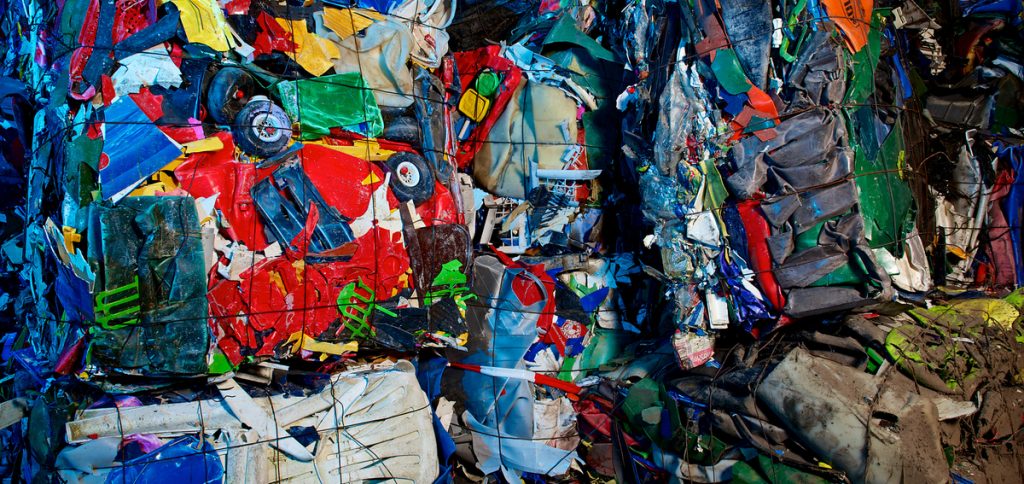Sustainable packaging: quality, not quantity

The World Economic Forum was held in Davos a few weeks ago. In our fast-paced world, that means it’s generally already been forgotten. What was it exactly that Trump or Merkel said? Most of us, including the author of these lines, have to resort to a Google search to answer that question. And that’s too bad, because several items on the summit’s agenda are worth remembering – including interesting statements regarding sustainable packaging.
Common goal: more sustainable packaging
Where high-flying politicians and heads of state are assembled, big players in the consumer and food industries are never far away. Grand global forums are a stage where traditional and multinational corporations such as Nestlé, Danone and Coca Cola showcase their visions – from developing their business to comparing notes on how to plan for the future. These days, the mantra of sustainability is everywhere, meaning that sustainable packaging is not something that can be put off. This situation served as a backdrop as plastic-saving targets were announced in Davos to much fanfare. A total of 40 international companies have agreed to radically reduce their use of plastics.
In a joint agreement, the big corporations list potential savings of 20 percent when it comes to all reusable plastic packaging and 50 percent for recyclables. Finally, environmental and economic concerns seem to be in sync, since one-way packaging constitutes a cost factor for the packaging industry. According to the Ellen MacArthur Foundation, 95 percent of plastic packaging is used only once. This means that packaging companies lose 95 percent of material, and that adds up to $80 to 120 billion each year.
And this is the ace that those companies had up their sleeves in Davos. For instance, Unilever wants to use only fully recyclable plastics as of 2025. Danone signaled a strategy for significantly reducing the 625,000 tons of plastic packaging the company uses worldwide.
Recyclable packaging
By comparison, German companies are somewhat more modest; their shopping policies have already regulated the use of plastic packaging to a large extent. Despite that good example, Aldi, Lidl, Rewe and Edeka did not travel to Davos to brag. German retailers seem to take their obligations more seriously in this respect. By 2030, Aldi, for example, aims to use only recyclable plastic packaging. Lidl and other established chains will adopt similar approaches. This will bring about formidable challenges for all beverage and food manufacturers, because the strategy for using plastics will have to be reinvented. Until now, the central issue driven by Germany’s “Grüner Punkt” (Green Dot) recycling system is reducing the weight of plastic packaging. Moving forward, the focus will shift to whether or not packaging can be reused directly or recycled (no longer downcycled). At this point, the material itself has been minimized to such an extent that further fundamental improvements are almost no longer feasible. That’s particularly true in the dairy industry, but also for carbonated beverages. The industry could possibly return to using thicker films more suited to recycling. Despite their superior functionality, it seems there are tough times ahead for composite films.
German legislators have now (finally) gotten the ball rolling with packaging laws. Packaging containing high percentages of renewable raw materials, or material that is easy to recycle, will draw lower DSD fees. Specifically, it will receive a cross-subsidy through correspondingly higher fees for packaging that is no longer considered adequate.
There are sure to be some fascinating developments in plastic packaging unveiled at future trade fairs. The fact that profound changes are inevitable must be crystal clear to everyone with a vested interest.
